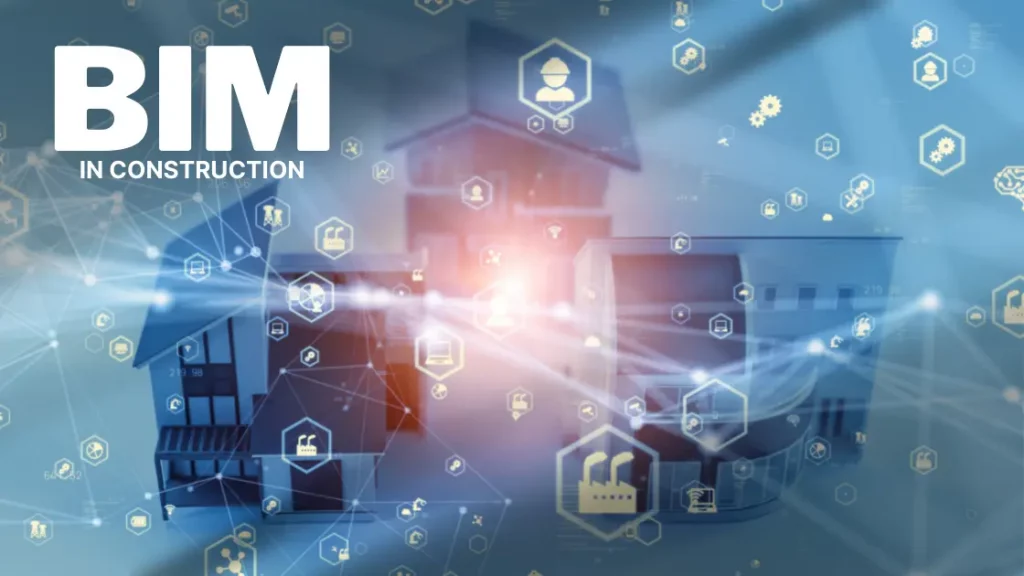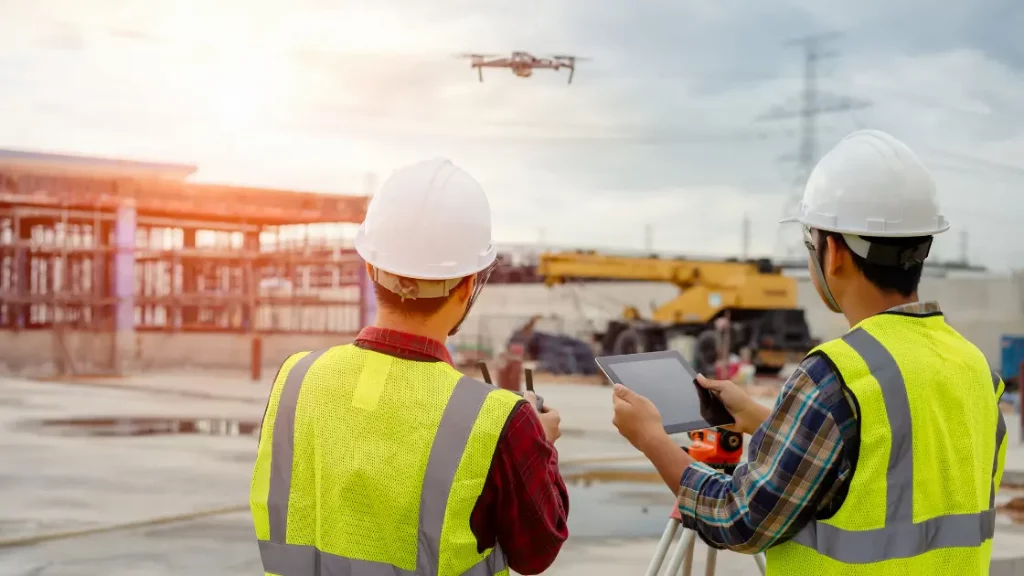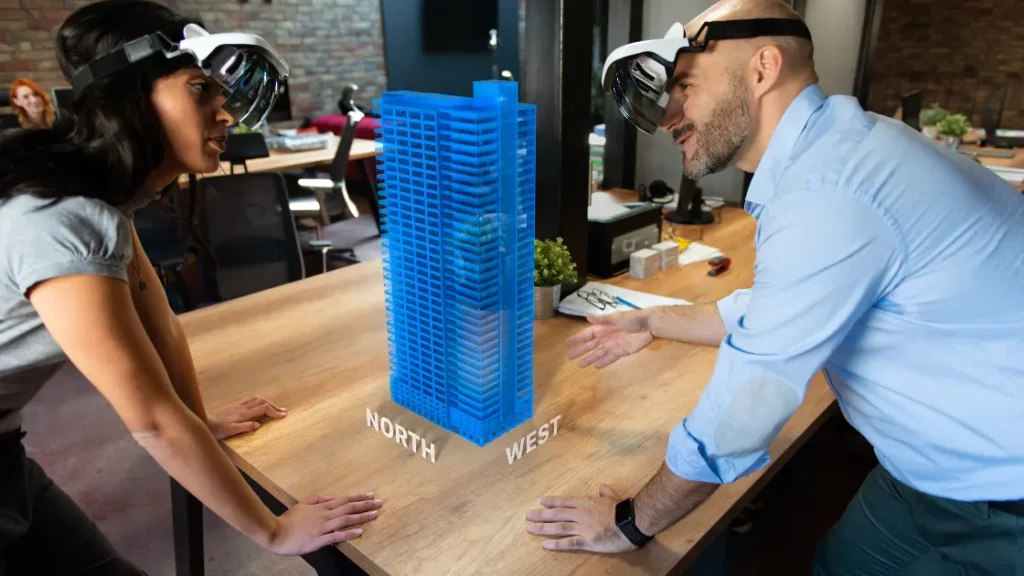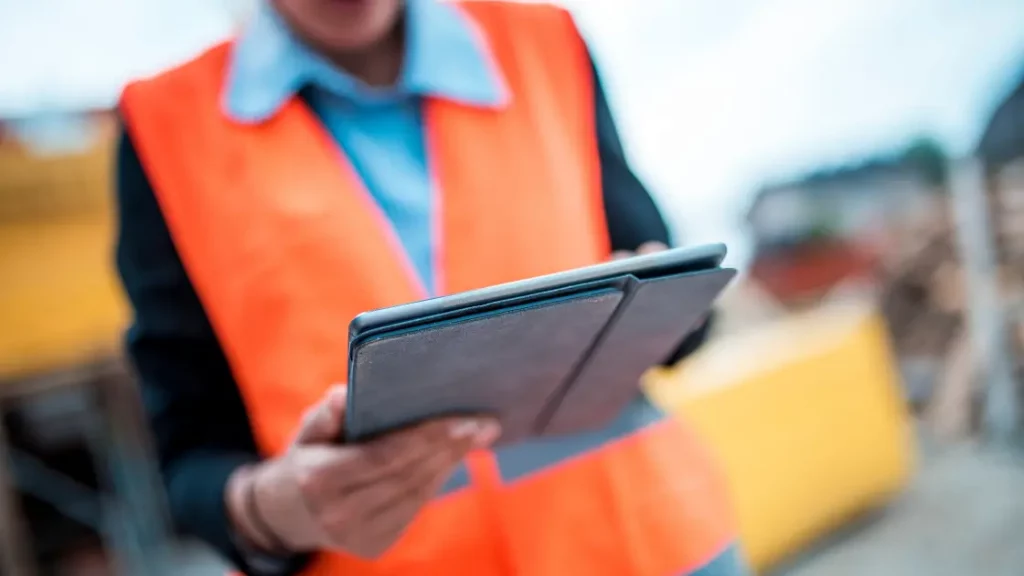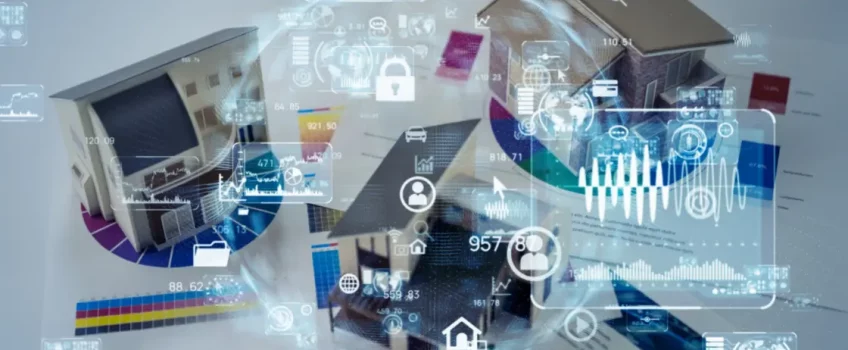
As construction technology advances, it’s important for companies to keep up as new methods and materials are being developed to make construction faster, easier, more efficient and sustainable. With more companies transitioning to digital platforms and embracing new technologies, the future of construction is sure to be an exciting one. Here are some of the most prominent technologies to consider now and in the future.
Construction Technology: Overview
With advances in technology, the construction industry is rapidly adapting to new ways of working that are more efficient and cost-effective. By investing in the right types of construction technology, your company can stay ahead of the competition.
There are also many practical benefits and applications to modernising your current processes, including significantly reducing downtime, errors, and safety risks while increasing productivity and profitability. Let’s take a closer look at our top EIGHT types of construction technologies in more detail.
8 Types Of Construction Technology
While many companies already know what construction technology entails, here is a breakdown of BIM, Artificial Intelligence, Virtual Reality, Augmented Reality, 3D printing, drones, wearables and data collection apps.
1. Building Information Modeling (BIM)
BIM is a digital representation of the physical and functional characteristics of a facility which allows architects, engineers, construction professionals, and facility managers to better understand their projects in a 3D environment. It is also used for the following:
- collect and manage data
- monitor project progress
- helps with problem-solving in the design and planning stages
- BIM can provide a more complete picture of the project as a whole
More global government initiatives are coming out to make BIM a required procedure for large-scale facilities projects. Some of these countries include India, Hong Kong, France, South Korea, Germany and Italy while the United Kingdom has already made BIM mandatory for government construction projects.
2. Drone Technology
Drones are quickly becoming a must-have for construction projects, allowing site managers to gain an aerial view of the project and track progress from afar. With drones, companies can also identify potential safety risks as well as job site violations before they become serious problems. Drones are ideal to inspect dangerous and hard-to-reach places such as bridges or tall buildings.
3. Autonomous Construction Equipment
Autonomous equipment is increasingly used in construction sites to perform repetitive tasks quickly and with greater accuracy. Machines like bulldozers, excavators, and loaders can be programmed with predetermined instructions, allowing them to work on their own without human intervention.
Built Robotics is one of many companies working on upgrading standard heavy construction vehicles with AI guidance systems. Currently, their line-up of autonomous construction vehicles includes bulldozers, excavators and compact track loaders (CTLs).
Also Read: The Use Of Robotics In Construction
4. Wearables As Construction Technology
Wearable technology is becoming increasingly popular in the construction industry due to its ability to monitor the health and safety of workers. Wearable devices like smartwatches and fitness trackers can detect dangerous conditions and alert workers to take action before an accident occurs.
While those devices focus on the workers, other wearables help with construction projects which not only positively impact safety but also productivity. According to AsphaltPro, wearables as construction technology can increase productivity by 8.5% and workplace satisfaction by 3.5%. Some of the more notable products on the market include XOEye Smart Glasses, Spot-r Wearable Sensor and Redpoint Positioning Safety Vest Sensors.
5. Augmented Reality and Virtual Reality
AR technology is being used in the construction industry to help with training, planning, and designing projects as it provides a realistic 3D model that overlays the physical environment. This gives construction professionals a better sense of how their projects will look in the real world and allows them to make necessary changes before they start building.
Virtual Reality is another construction technology often used in conjunction with BIM to help better understand complex projects. The potential is huge as you can create a building design with BIM and use VR to walk around it. This gives construction professionals and their clients a more realistic idea of what the project will look like once completed. Understanding the project well from the beginning lets you sidestep big changes and costly change orders halfway through.
6. Artificial Intelligence (AI)
Construction companies have been reaping the benefits of artificial intelligence (AI) for years now, in terms of increased safety standards, improved workflows and quicker, higher-quality task completion. However, many construction firms are still working out how best to apply this complex construction technology across their organisation.
Some companies have started developing their own AI software to help with company operations and decision-making processes. Others are choosing to allow third parties, such as AI advisors and solution providers, to review their current practices and find areas where they could improve by implementing machine learning or AI.
Also read: 3 Ways Machine Learning Can Be Useful In Construction
7. 3D Printing
The use of 3D printing also introduces new possibilities for customisation. This can be a benefit for architects who want their designs to stand out from the rest and create something unique that meets the specific needs of their clients.
Another potential advantage is that it could help reduce labour costs since one person can oversee several machines with minimal manual labour involved. This could significantly reduce the number of workers needed on a job site, allowing companies to allocate more resources elsewhere.
Finally, 3D printing is also a great way to practice green construction since it eliminates the need for certain materials and reduces waste from production processes. This can result in less energy consumption and fewer pollutants being released into the environment. Have a look at this fascinating article on the potential of 3D-printed homes on the environment and our budgets.
8. Data Collection Apps In Construction
The transportability of tablets and smartphones has been progressing communication in construction for the better. These days, more construction companies are leveraging apps to help with data collection from the job site because it is faster, more accurate and higher quality overall.
Integrating this type of construction technology into any current process is simple and requires a relatively small upfront investment while offering tremendous value, such as:
- Significant time savings and fewer data entry errors
- Improved workflows with automation tools that trigger certain actions when a task has been completed. Other examples are mobile form apps where teams can submit specific data on any mobile phone or tablet
- Better safety compliance as these apps can help with daily equipment inspections, near-miss reporting and job safety analysis
- Instant reporting for quicker turn-around on client deliverables or instant access to legal documentation
Final Thoughts On Construction Technology
The advances in construction technology are revolutionising the industry, allowing companies to work faster, better and more efficiently. With new tools and methods becoming available, it is crucial for businesses to stay up-to-date with the latest technologies in order to remain competitive.
By investing in construction technology, companies can save time and money while providing a higher quality of work. As technology continues to evolve, the construction industry will be sure to benefit from its potential. So if you’re looking to stay ahead of the curve and make the most of your projects, investing in the right construction technology for your business is the logical next step.
Since one of our areas of expertise is construction, follow our blog for more interesting articles on engineering, manufacturing and topics like construction technology.


 Mail:
Mail: 




